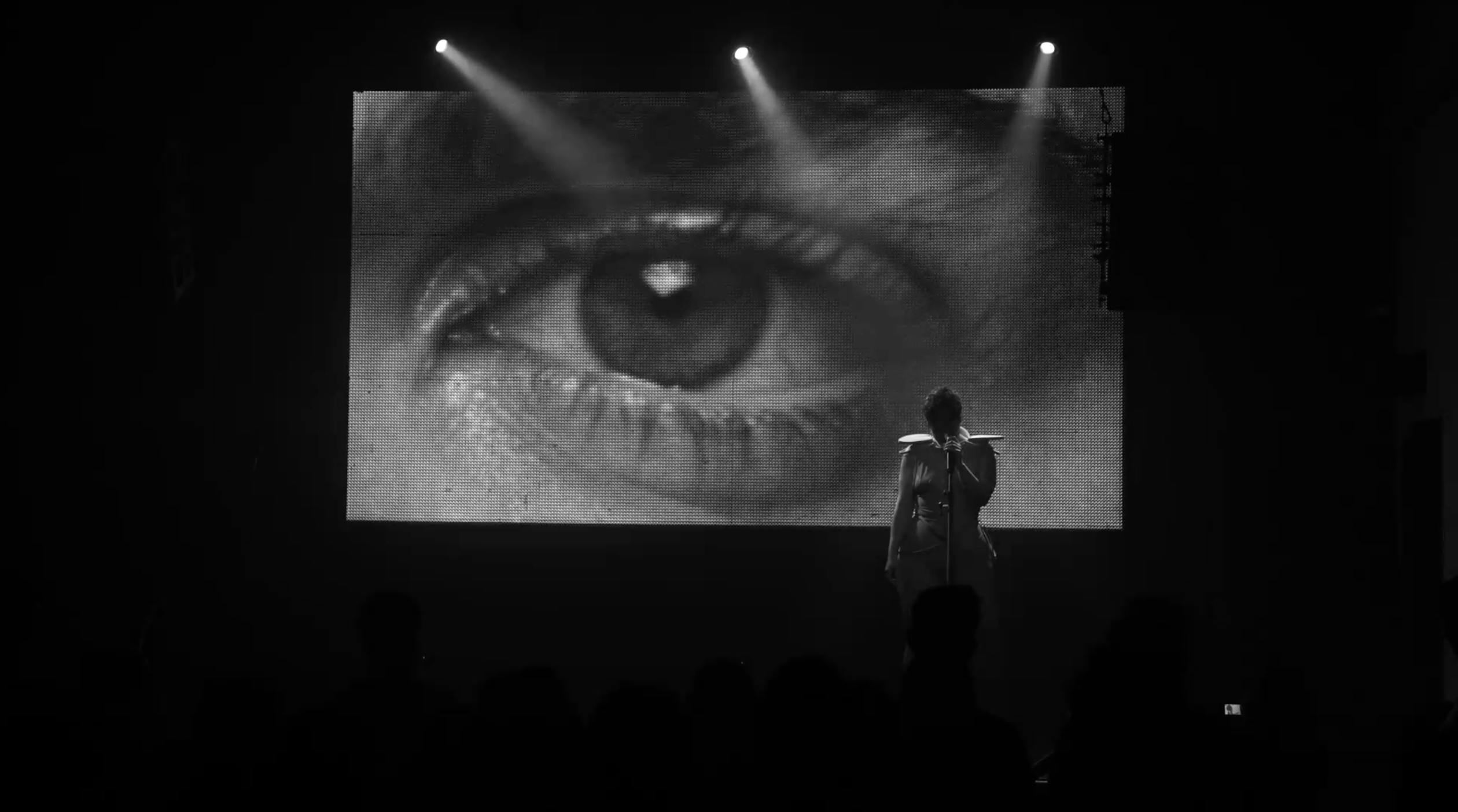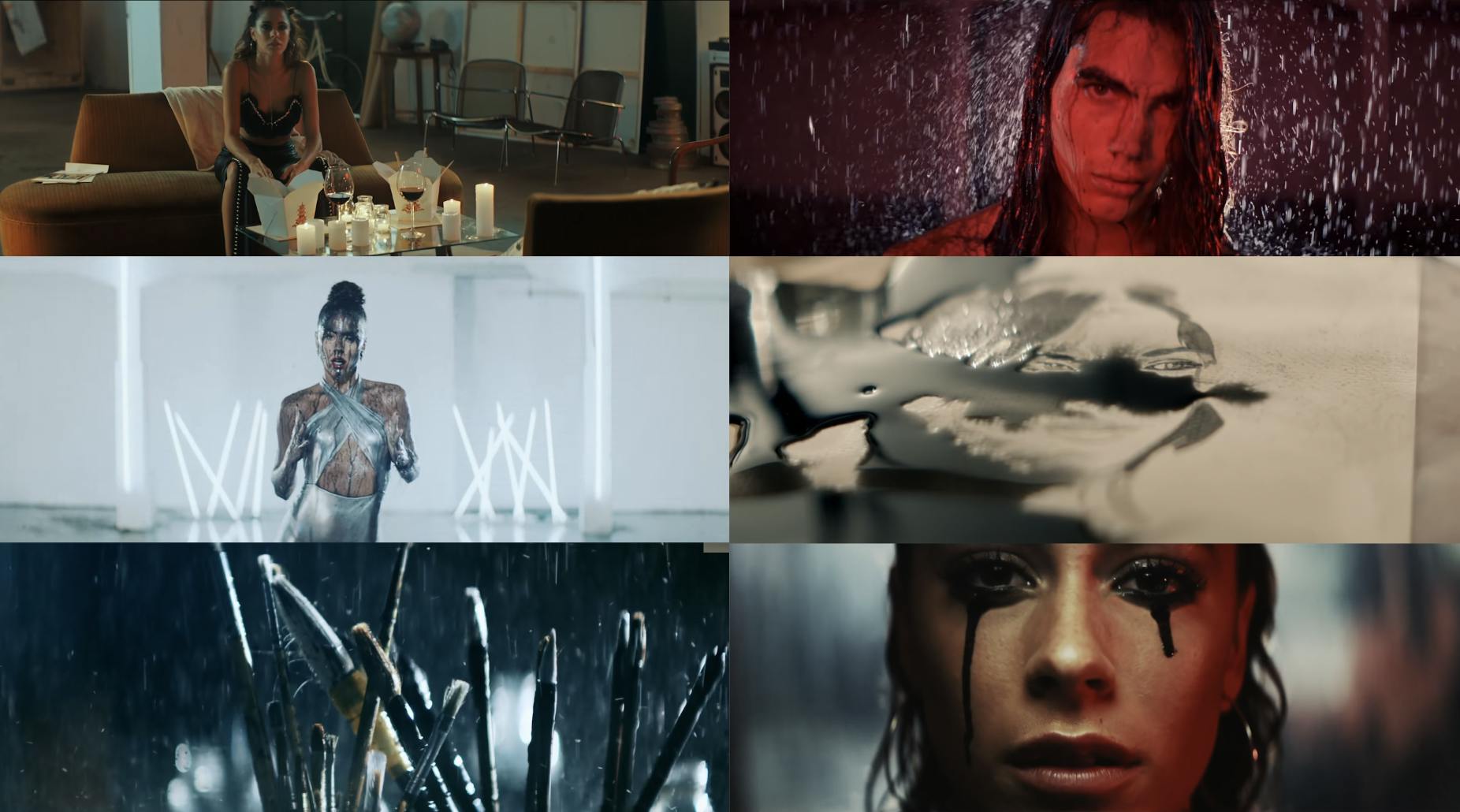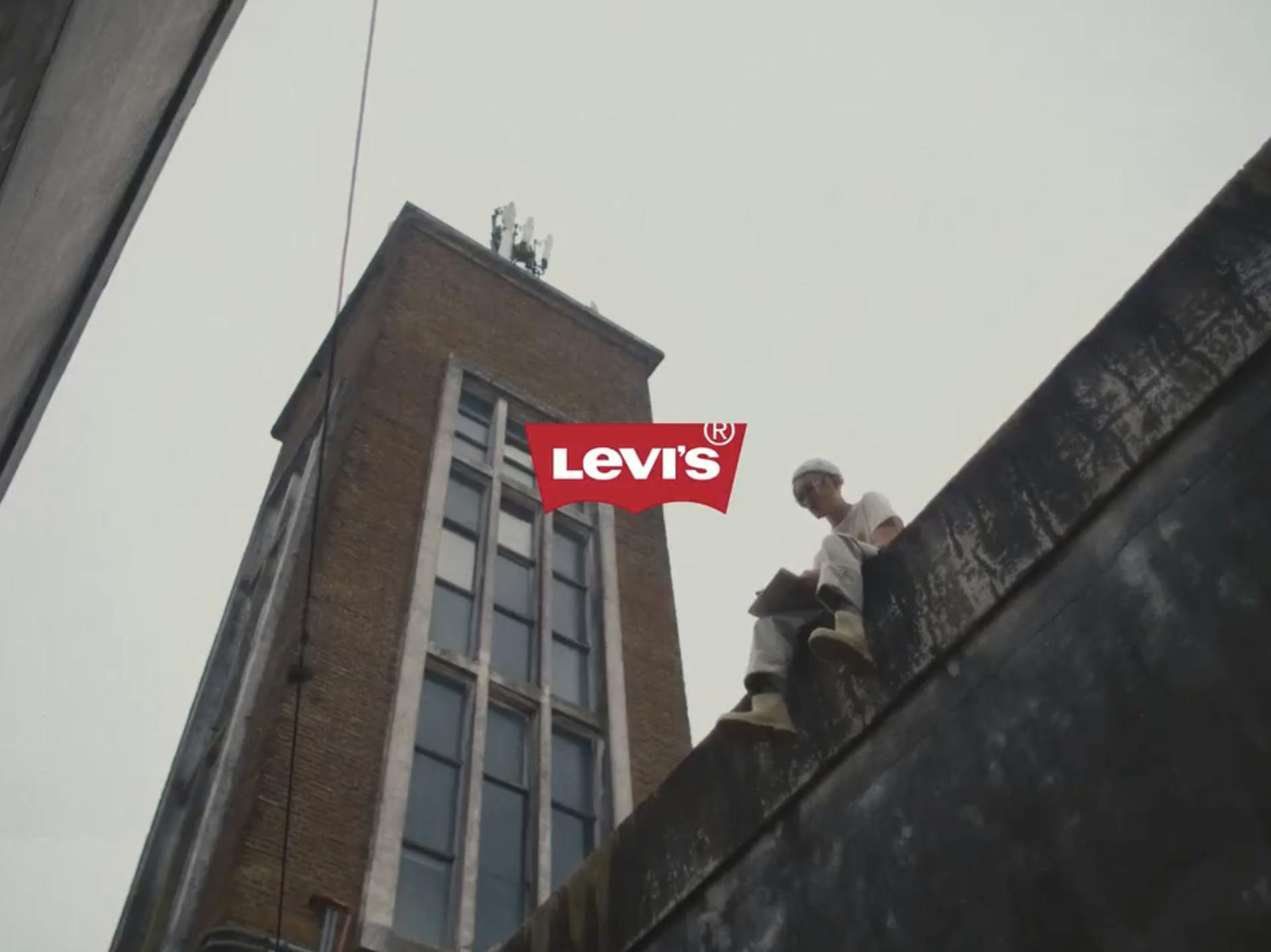
Guy Wolek
Illustrator
Concept Artist
Storyboard Artist


In my journey towards becoming an Art Director, I pursued a varied educational path encompassing graphic design, interior design, filmmaking, set design, art direction, and stage lighting. Embracing an unconventional approach, I amalgamated formal education with self-directed learning and practical experiences. This strategy has enabled me to continuously evolve and adapt.
While formal schooling provided a foundational understanding, it is through ongoing learning processes, including internships, freelance work, and collaborative projects, where I have truly refined my skills and gained invaluable industry insights. I think this eclectic blend of education and experience has fully prepared me for the multifaceted challenges inherent in the role of an Art Director, as I remain committed to constant learning and growth.


The digitalization of art represents a transformative shift beyond convenience, offering innovation and enriching the creative process. Technology acts as a time machine, granting artists the gift of time by streamlining workflows, fostering experimentation, and facilitating global collaboration.
Among the myriad of technologies, call me basic, but the internet still stands out as my favorite, providing unparalleled access to inspiration, knowledge, and global audiences. Online platforms democratize the art world, empowering artists to transcend traditional barriers and amplify their creativity and innovation on a global scale. In essence, the digitalization of art, anchored by technologies like the internet, revolutionizes how we create and experience art, while expanding our capacity for exploration, expression, and connection with ourselves and those around us.


Since the inception of my artistic journey, my work has undergone a notable evolution, transitioning from a focus on the physical aspects of art to a fusion of both physical and digital realms. In my early years, I primarily engaged with traditional mediums, exploring the tactile qualities of materials and techniques. However, as I delved deeper into the digital side of art, I discovered new avenues for creativity and expression.
This integration of physical and digital mediums has allowed me to manipulate and transcend traditional boundaries, resulting in a more dynamic and multidimensional approach to my practice. Over time, this evolution has not only expanded the scope of my work but also enriched the depth and complexity of my artistic expression, pushing the boundaries of what is possible in the ever-evolving landscape of contemporary art.


My creative process is a reflection of my innate inclination towards creativity and an obsessive drive for order. Over my years as both a creative practitioner and a teacher, I've honed a system that I emphasize with my students, recognizing the volatile, chaotic, and infinite nature of creativity.
In response, I've developed a structured approach consisting of five almost scientific steps: intuition, investigation, conceptualization, experimentation, and decision-making. This systematic framework allows me to contain and channel the creative process, providing a balance between spontaneity and structure, while empowering me to navigate the complexities of artistic expression with clarity and purpose.

What drew me to this path was its capacity to approach challenges from a holistic perspective, which aligns closely with my innate desire to solve problems in a comprehensive manner. Art Direction isn't just about creating visually stunning designs; it's about understanding the underlying objectives, audience needs, and brand identity to craft cohesive and impactful visual narratives. This holistic approach to problem-solving appealed to me because it allowed me to utilize my creativity as a tool to address multifaceted challenges.


In my view, creativity isn't something that needs to be balanced with the business side of things; rather, it's a tool that can solve business problems effectively. Creativity fuels innovation, drives differentiation, and fosters adaptability—all critical elements for thriving in today's dynamic marketplace.
When approaching business challenges, I see creativity as a means to unearth innovative solutions that not only address immediate issues but also position the company for long-term success. By encouraging a culture of creativity, businesses can tap into the diverse perspectives and ideas of their teams, leading to breakthroughs and competitive advantages.
As a Creative, each project in my professional career has reflected me profoundly at the moment of its creation, but one that I cherish the most is "Libro Vivo," a task both simple and complex. This project required designing the experience for the first book written in Google Docs, allowing the audience to read it live while the author was writing it. It encapsulated the essence of innovation, collaboration, and real-time creativity, challenging me to think outside the box and reimagine the traditional concept of storytelling.
"Libro Vivo" not only pushed the boundaries of technology and narrative but also exemplified the transformative power of creativity in shaping unique and immersive experiences that resonate with audiences on a profound level. The success of "Libro Vivo" was further recognized when my team and I won a Gold award at Cannes Lions in the category of Brand Experience and Activation, affirming the project's impact and innovation on a global stage.


Before starting a new project, I prioritize gathering crucial information from the customer to ensure a clear understanding of their objectives and expectations. I've developed a systematic approach, which includes a set of targeted questions aimed at grasping the core problem to be solved. Foremost among these inquiries is understanding what the customer hopes to achieve with the project at hand.
This question serves as a guiding principle, enabling me to align my creative efforts with their overarching goals and deliver solutions that not only meet but exceed their expectations. By comprehensively understanding the desired outcomes, I can tailor my approach to effectively address the customer's needs and drive meaningful results.





























